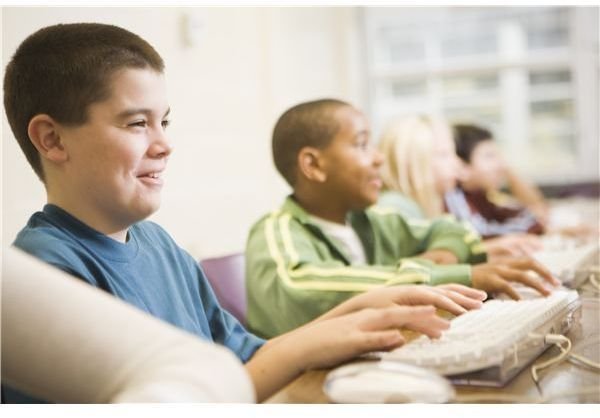Teaching Strategies for Students With Physical Disabilities: Classroom Setup and More
Physical disabilities in students can include a wide range of both congenital and acquired disabilities and health issues. According to the
Individuals with Disabilities Education Act (IDEA), an individual with a brain injury, orthopedic impairment, or other health impairment who needs special education or related services is considered to have a physical disability. Some of the common ones include cerebral palsy, muscular dystrophy, and spina bifida. Since many more conditions may affect students in your classroom, you should gather specific information about each child in your classroom and his or her disability.
Set Up the Classroom
Regardless of the specific handicap or condition, some general tips apply when teaching students with physical disabilities. For example, you should arrange the room so that everyone can move around easily. Even if a student does not use a wheelchair or other medical equipment, he may need extra room to get around in class and avoid falling.
A larger desk may help a student balance books, papers, and classroom supplies. This larger table can accommodate a paraprofessional, too, if she is in class with the student. You should also ask the student where he would prefer to sit in the classroom.
Teaching Strategies
Teaching strategies to educate children with physical disabilities include setting up a buddy system so that another student can take notes for the student with the disability. A paraeducator may be needed to act as a scribe for other in-class requirements.
Specific assignments can be adjusted or modified for students, too. A student who has difficulty speaking due to cerebral palsy may need an alternative presentation format in place of an oral presentation. Do not assume, however, that the student cannot or does not want to give the presentation. He may need more time to speak – and better attention from his audience. The key is to make sure all activities include all students.
Talking to the student about what he can do will help identify a student’s areas of expertise. The student may have become extremely proficient with the computer, for instance, due to the inability to write. Perhaps he can share that knowledge with the class, or show his peers how he uses assistive technology to access the computer. This can provide ways to incorporate computer instruction into a lesson.
Finally, when experimenting with teaching strategies for these types of children, be flexible and accept suggestions. Since most schools or districts employ inclusion specialists, they can provide you with specific guidance in teaching students with physical disabilities. Necessary accommodations or modifications in your classroom can facilitate learning, no matter the impairment.
References
- Author’s own experience
